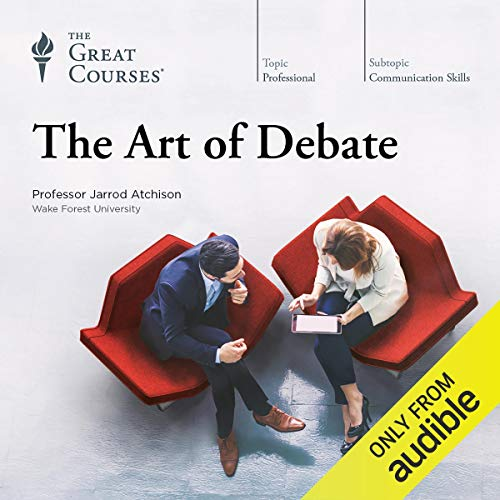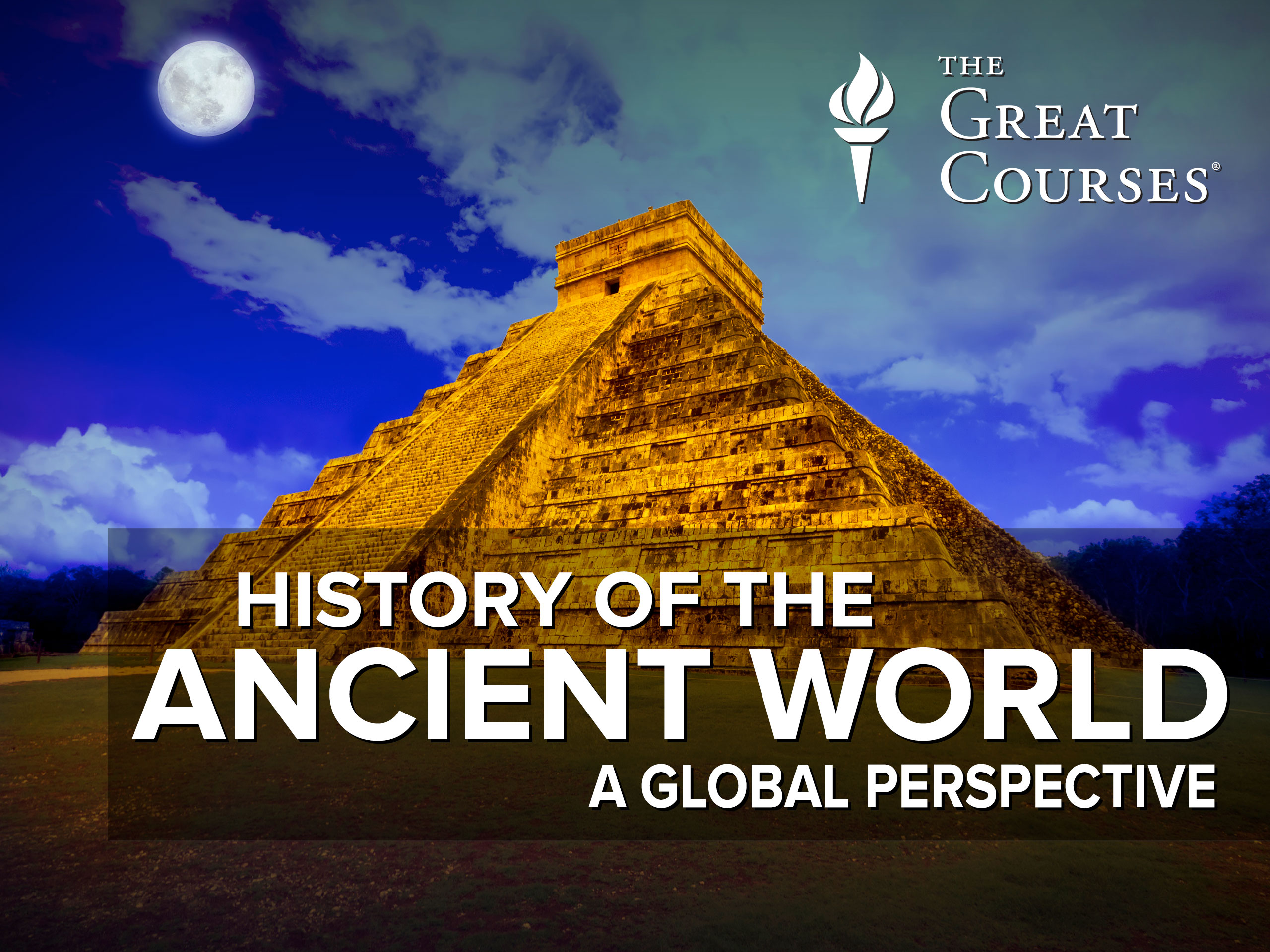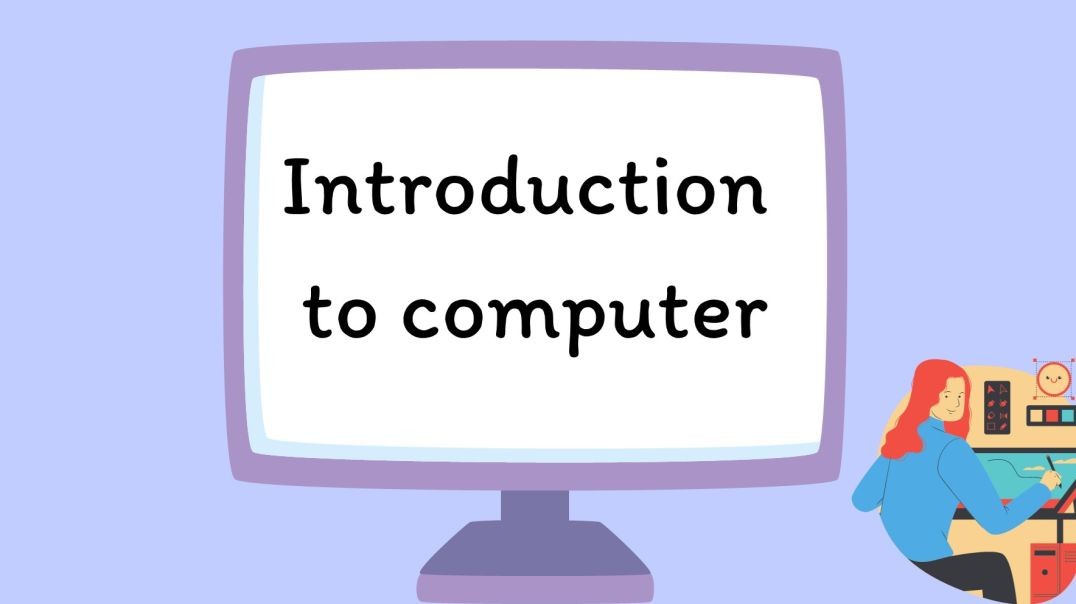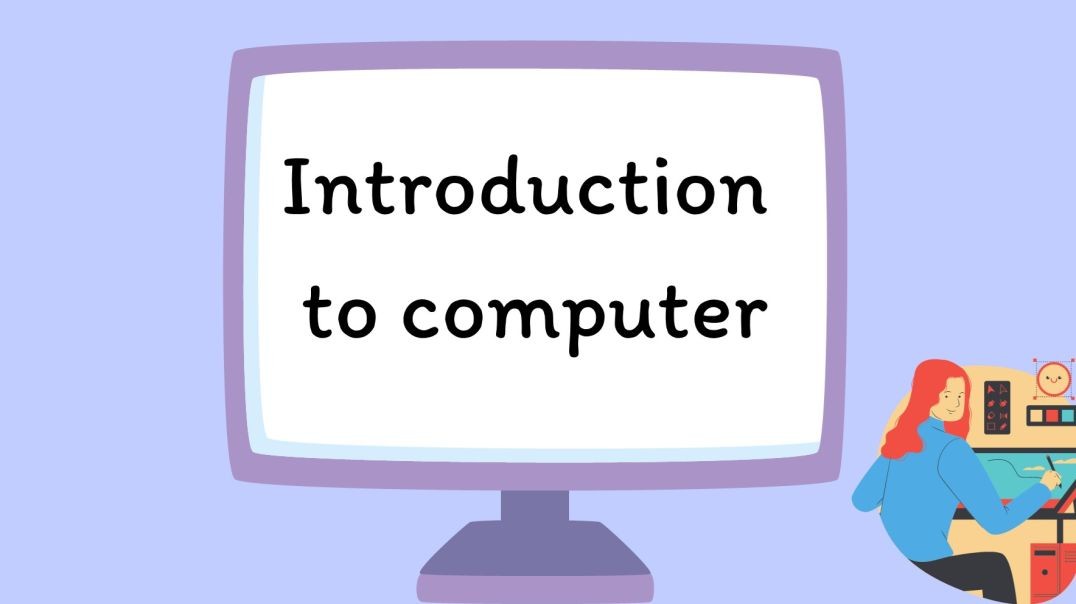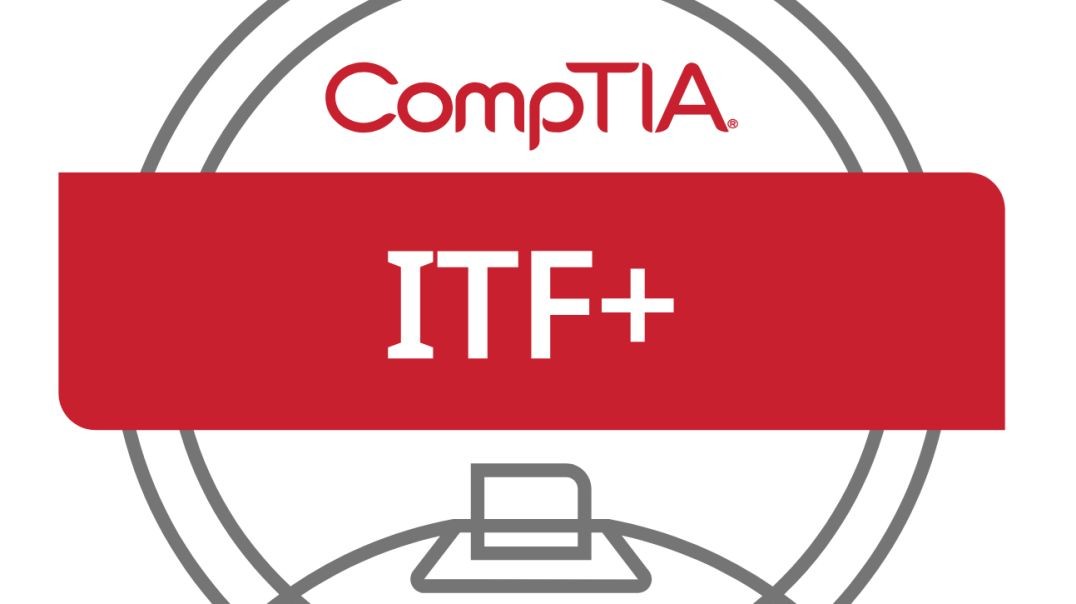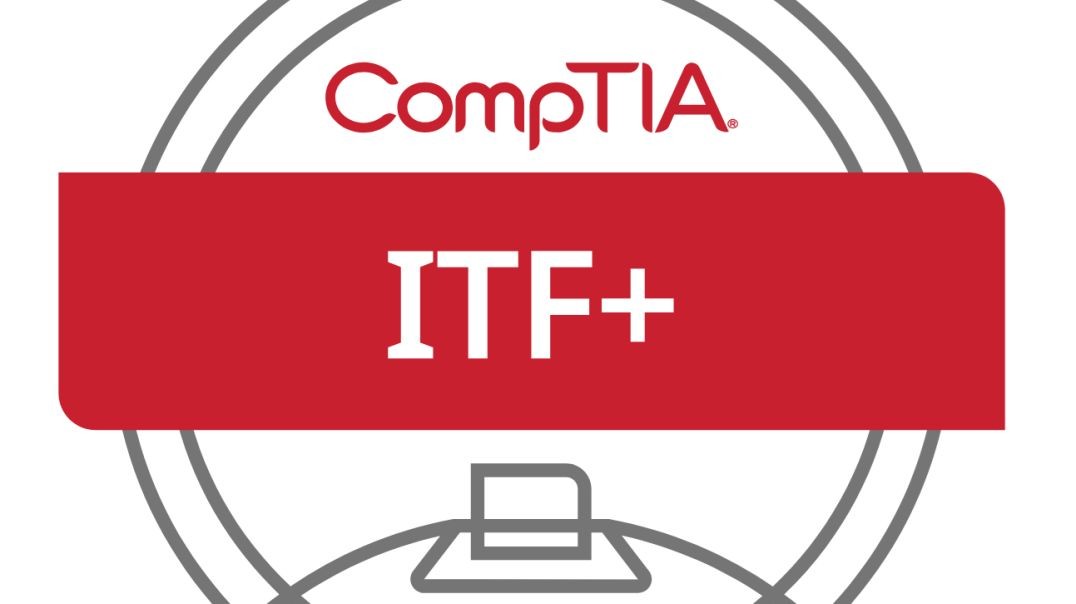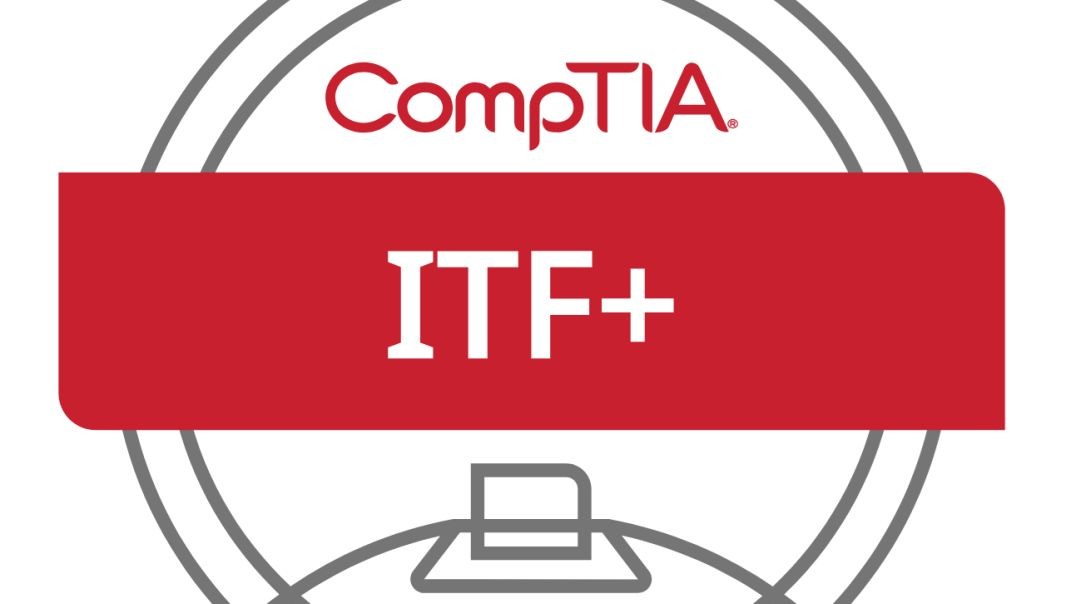Top videos
A good critique is a necessary way of testing out an idea, but developing a good negative case requires immense creativity to disprove the affirmative argument. Delve into the key arguments available to the negative: the disadvantages of the affirmative case, counterproposals, and critiques of the affirmative's assumptions.
Round out your study of cross-examinations by turning to "open-ended questions." Designed to help you understand your opponents' arguments, open-ended questions give you the opportunity to shift your position, thus maximizing strategic flexibility. They also allow you to set traps for your opponent. Find out how to craft-and answer-open-ended questions.
Professor Ravina explains why Buddhism was so appealing in ancient Japan. He reveals three key observations about the religion's earliest form (including its spread with direct support from Japanese rulers) and discusses the two main strands of Japanese Buddhism: the more esoteric tradition of Shingon and the more accessible Pure Land.
Take a fresh approach to the story of early 20th-century Japan. Rather than a review of major events, focus instead on the ideologies of three individuals whose competing views shaped Japan's actions on the eve of World War II: Nitobe Inazō and Shidehara Kijūrō, both proponents of democracy and international cooperation; and Ishiwara Kanji, a die-hard militarist.
Al-Haytham's seven-volume Book of Optics is one of the most fascinating works of scientific enquiry in the Golden Age. After reviewing the wider context of Cairo in the 10th century, delve into al-Haytham's experimentation with optics and the eye. Find out why many modern scholars have called him the world's first true scientist.
Greece's most famous city-state is often praised for its creation of democracy. You examine the origins of that system and discover some surprising revelations, including the seminal role played by an instance of spurned affection and perhaps the earliest example of stuffing a ballot box.
Module 4 Part 1: Introduction to Operating Systems (OS) and OS Functions
Module 4 Part 3: File and Device Management
CompTIA IT Fundamentals+ Course | Module 5 Part 6: System Memory (Random Access Memory)
CompTIA IT Fundamentals+ Course | Module 6 Part 1: Devices and Peripherals
CompTIA IT Fundamentals+ Course | Module 7 Part 10: Accessing Websites
OSN-K Informatika 2024
OSN-K Informatika 2024
CompTIA IT Fundamentals+ Course | Module 9 Part 2: Functions of an Operating System
CompTIA IT Fundamentals+ Course | Module 12 Part 4: Business Software
CompTIA IT Fundamentals+ Course | Module 13 Part 4: Choosing a Web Browser
CompTIA IT Fundamentals+ Course | Module 14 Part 8: Escalate When Required
CompTIA IT Fundamentals+ Course | Module 15 Part 8: Operators
CompTIA IT Fundamentals+ Course | Module 18 Part 3
CompTIA IT Fundamentals+ Course | Module 19 Part 6
